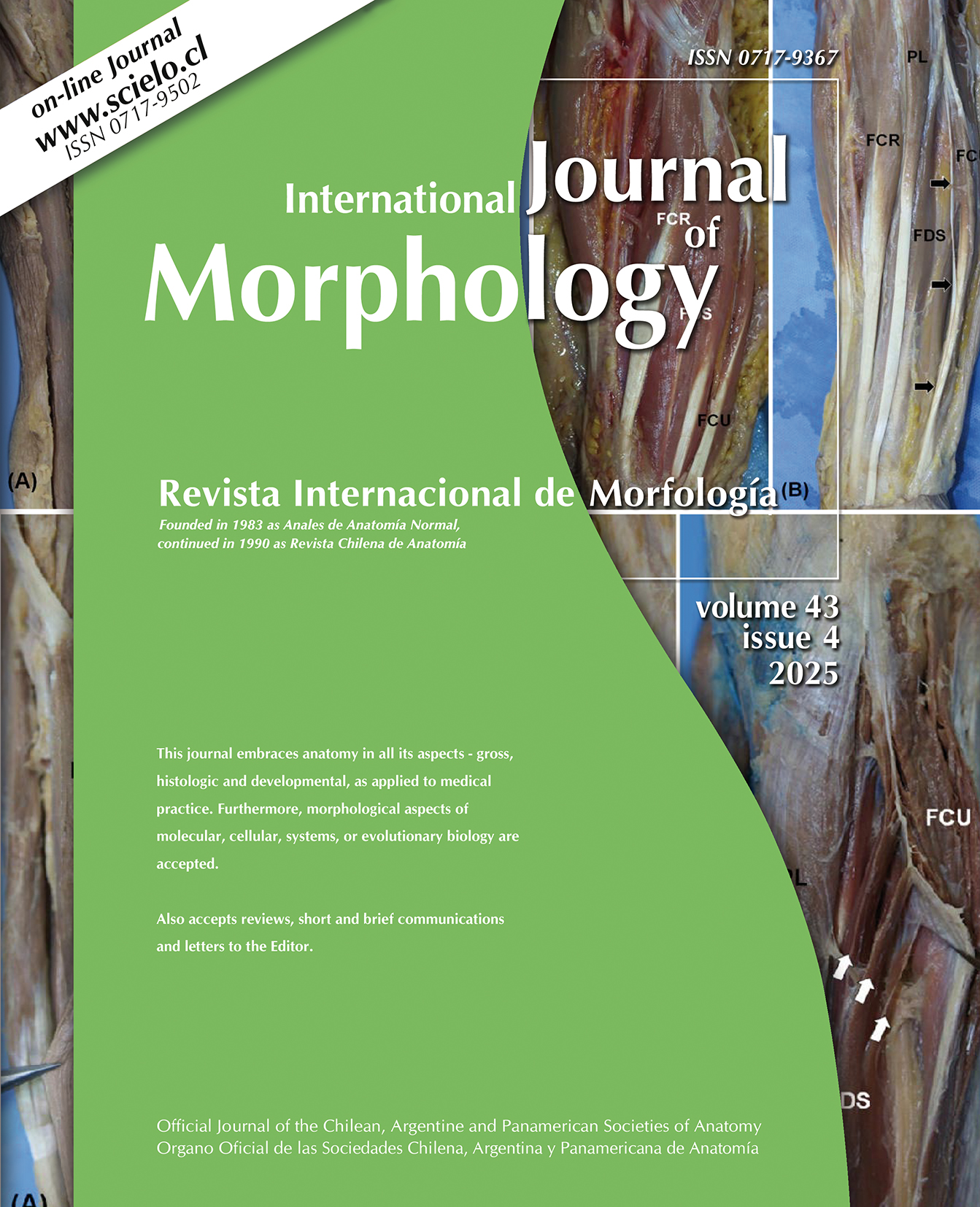Research of the Axillary and Accessory Nerve Conduction Velocities of Wrestlers
Ismail Sivri; Tuncay Colak; Serap Mulayim; Belgin Bamac; Hamit Macit Selekler & Enis Colak
Summary
Wrestling subjects athletes to frequent neck and shoulder impacts and compressions. This study examines axillary and accessory nerve conduction velocities in wrestlers and a control group while considering their correlation with anthropometric data. Additionally, it explores preclinical nerve conduction changes in these injury-prone areas. The study includes 41 male participants: 20 national elite wrestlers (mean age 21.4 ± 3.49) and 21 controls (mean age 23.14 ± 2.9). Anthropometric measurements and hand grip strength assessments were performed, along with monofilament tests for hand touch sensitivity. Motor nerve conduction latencies of the axillary and accessory nerves were evaluated using surface electromyography (EMG). Results reveal that accessory nerve latencies are significantly higher in wrestlers on both sides, indicating reduced nerve conduction velocity. Axillary nerve latencies did not significantly differ between groups. Correlation analysis shows a moderate connection between axillary nerve latency and weight, body mass index, and hand circumference. Hand grip strength exhibits a high correlation with hand length and a moderate correlation with arm circumference, forearm circumference, hand circumference, neck circumference, chest circumference, and sports age. Monofilament tests do not reveal significant differences in hand touch sensitivity between groups. This study suggests that accessory nerve conduction velocity may decrease in wrestlers due to repetitive neck and shoulder impacts, potentially affecting muscles like the trapezius and sternocleidomastoideus, which these nerves innervate. This may lead to limitations in scapula and head-neck movements. To prevent subclinical changes from progressing to symptomatic conditions, proactive measures, such as head and neck exercises, hand manipulation, massage, electrotherapy, and regular head and neck rest intervals, are recommended. This research underscores the importance of safeguarding the health of wrestlers in these vulnerable areas. KEY WORDS: Wrestler; Electromyography; Accessory nerve; Axillary nerve; Nerve Conduction Velocity.
How to cite this article
SIVRI, I.; COLAK, T.; MULAYIM, S.; BAMAC, B.; SELEKLER, H. M. & COLAK, E. Research of the axillary and accessory nerve conduction velocities of wrestlers. Int. J. Morphol., 43(2):486-493, 2025.





























